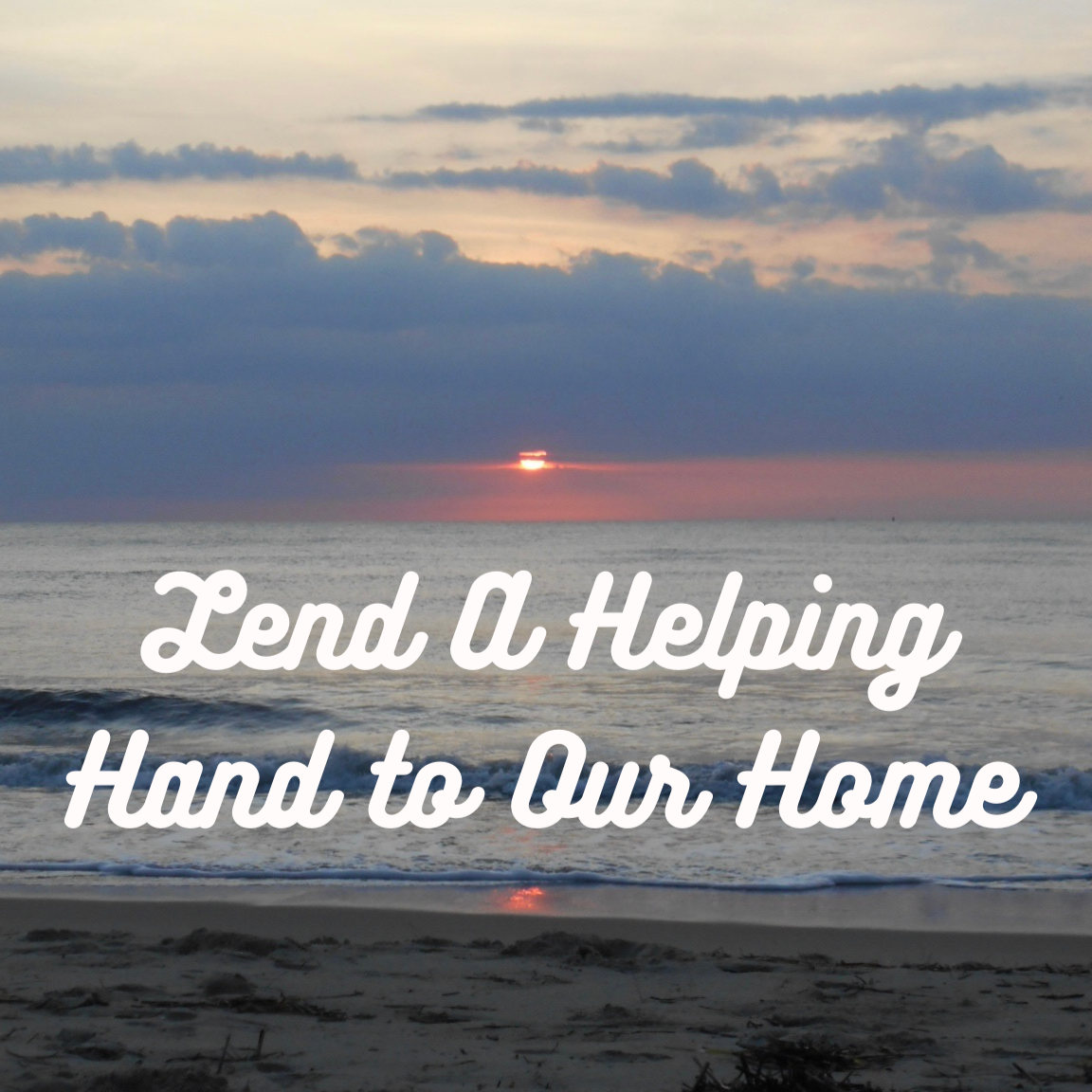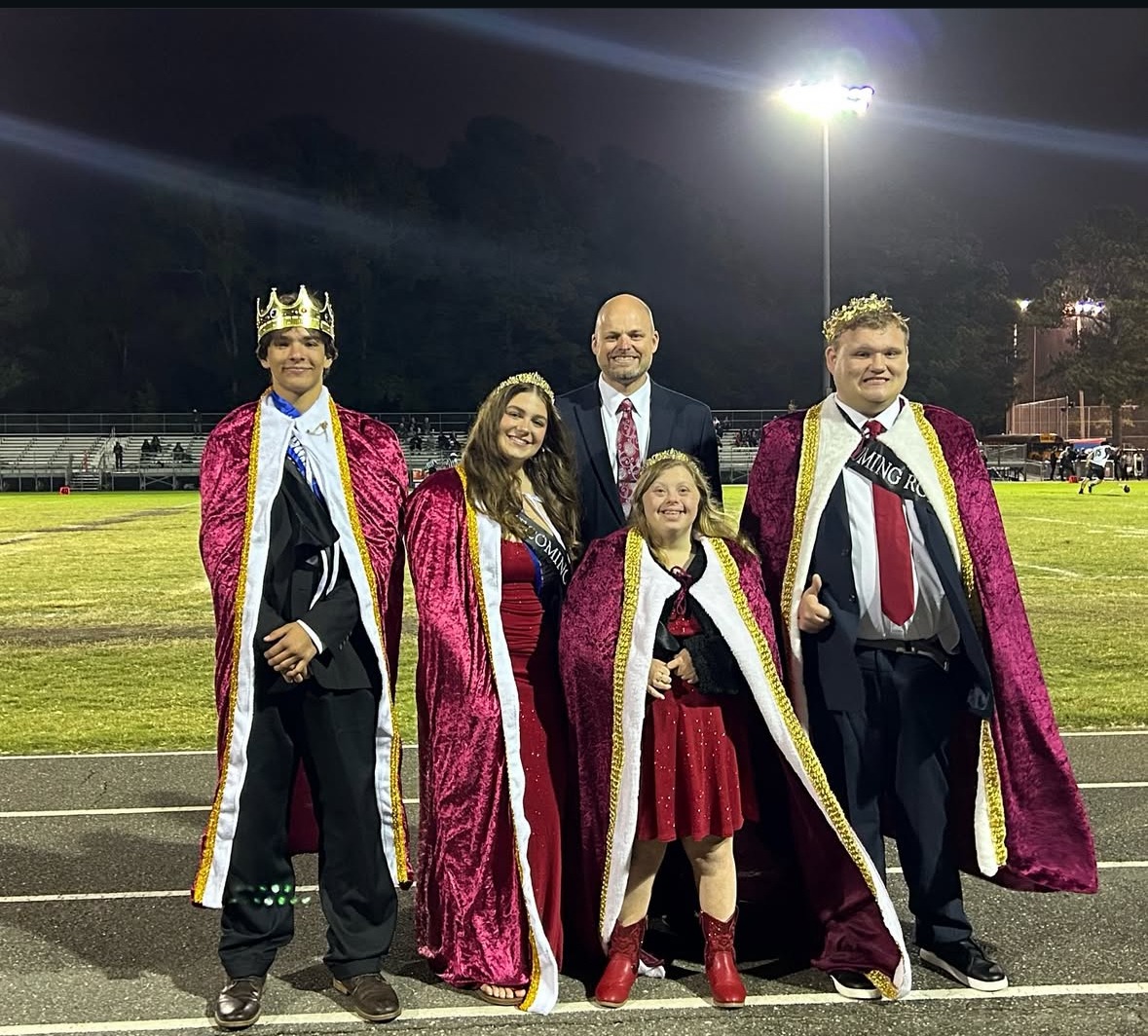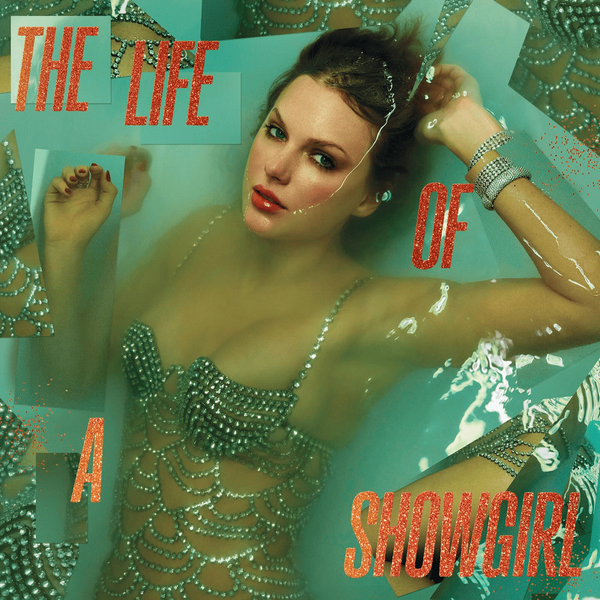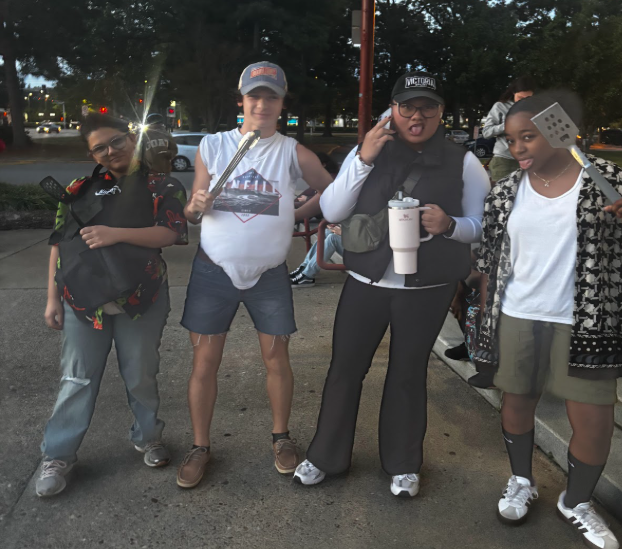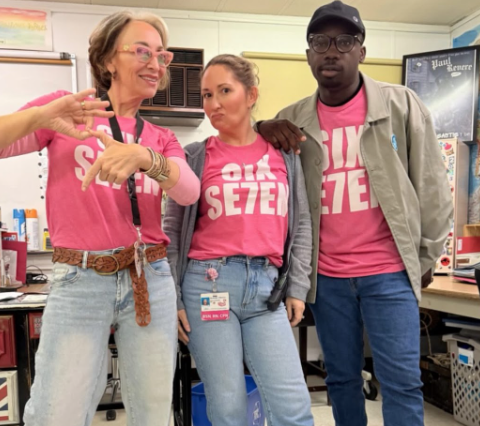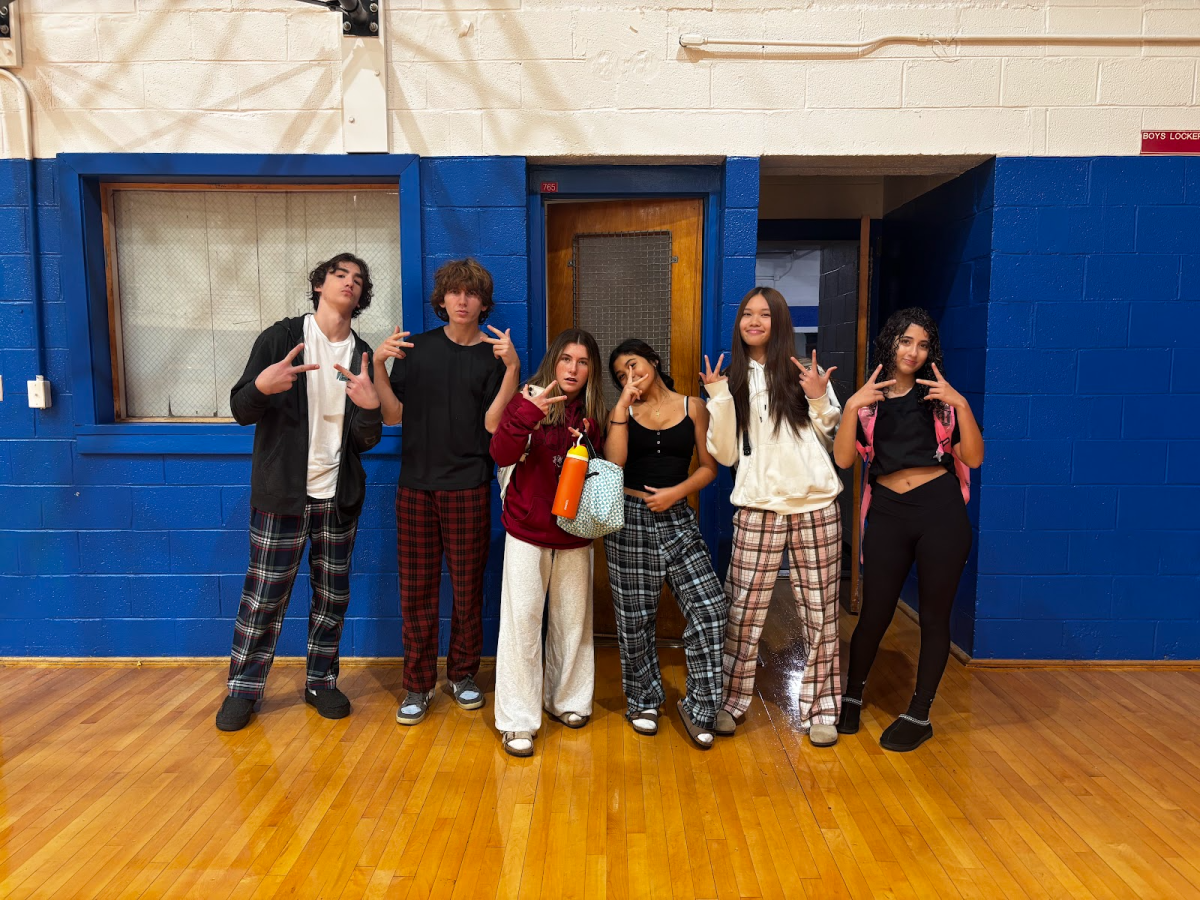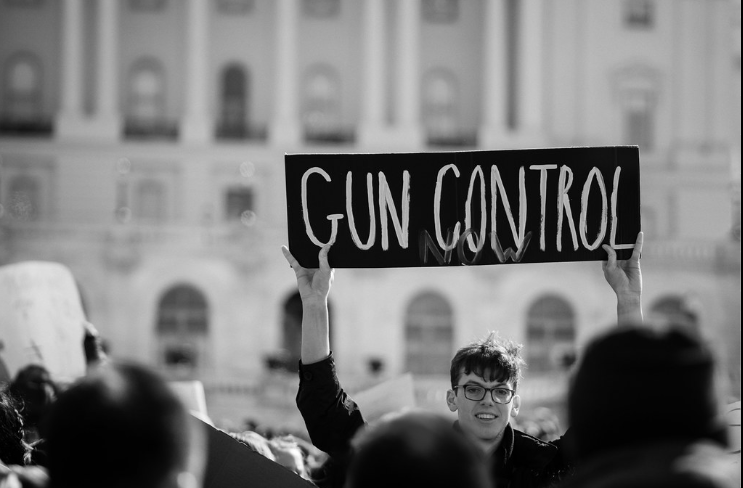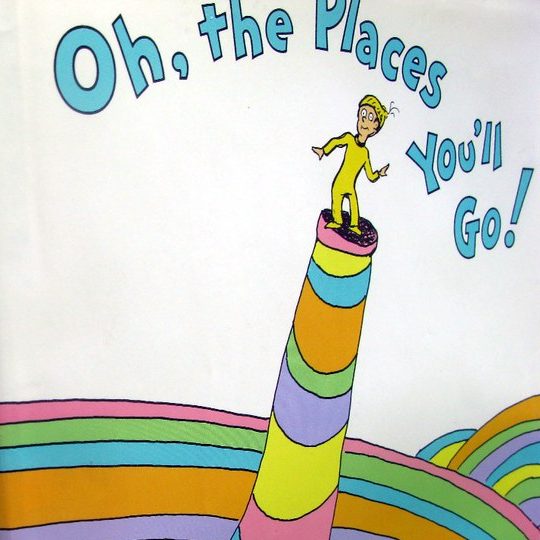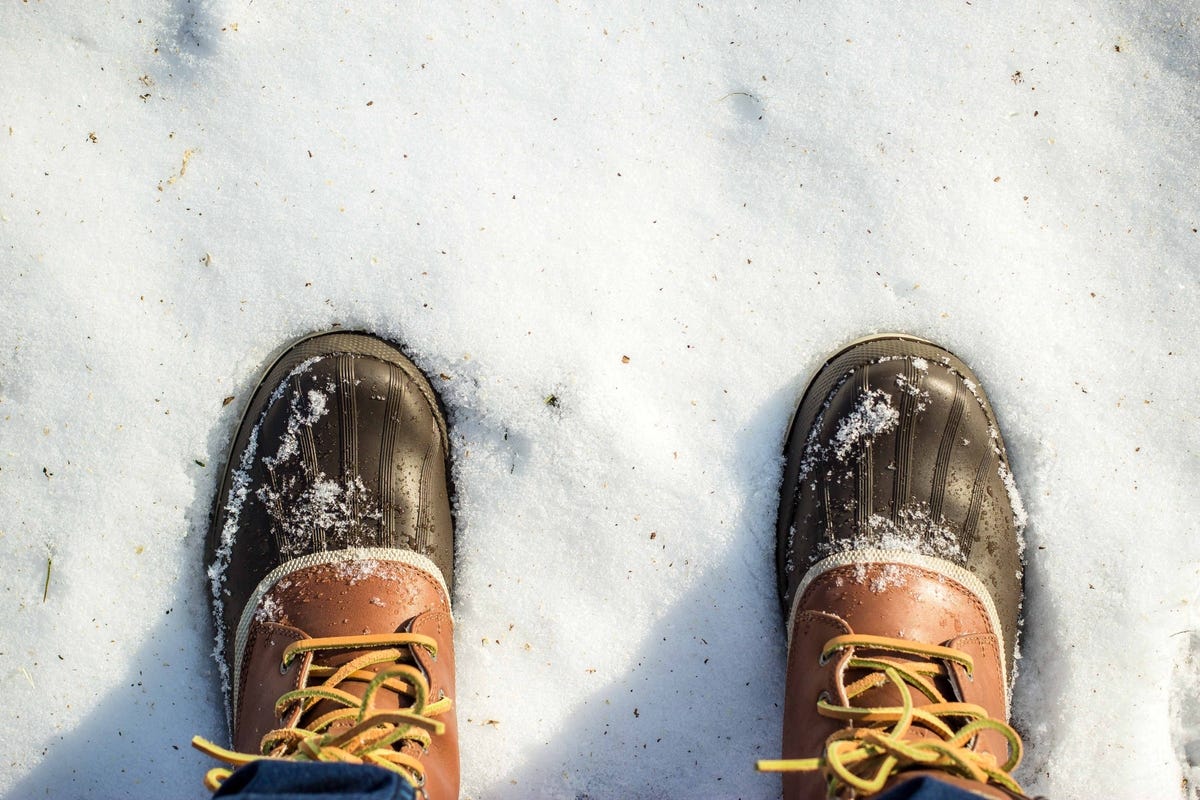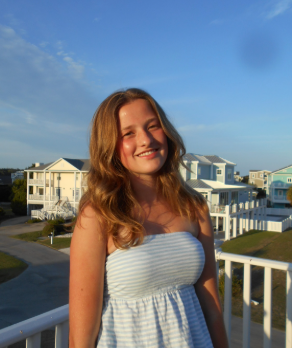Hello! Welcome to the first edition of Lend a Helping Hand to our Home, a new column in which I will be discussing a new environmental issue every month, and letting you know how you can help to keep our community safe and healthy. Ever since I was little, I’ve been super passionate about the environment, so I’m thrilled to be able to advocate for what I believe in.
The issue I will be discussing in this month’s article is plastic pollution and the negative impacts it can have on our community. This past weekend, a few friends and I took a trip to the beach to help cleanup some of the trash lying around. Surprisingly, the beach was relatively clean, but we still managed to fill up over a trash bag’s worth of objects like food wrappers, cigarette butts, and even some larger items like an old frisbee.
According to Lynnhaven River Now, “an estimated [eight] million metric tons…of plastic enters the ocean every year.” When broken down, this equals a garbage truck of plastic in the ocean every minute. The big issue about plastic is that it never goes away. It just breaks down into smaller and smaller microplastics. Per Lynnhaven River now, microplastics are entering “our food, water, and air,” and impacting every area of our lives.
The Chesapeake Bay, one of our major local ecosystems, is especially susceptible to these plastics. According to the Bay Journal, “about 94% of microplastics fed into the [Chesapeake Bay] system via its rivers stay in the system.”
All of this information about the prevalence of plastic pollution is only really meaningful if we understand the negative impacts that plastic pollution has. Plastic pollution impacts the environment in more ways than just polluting our waterways. According to the EPA, “in 2019, plastic products were responsible for 3.4% of global greenhouse gas emissions.” This may seem like a small amount, but this is actually 1.8 billion tons of plastic. Plastic pollution also directly impacts human health, as the International Union for Conservation of Nature explains “carcinogenic chemicals found in plastic products can leach into tap water, which may cause developmental, reproductive, neurological, and immune disorders.”
Reading all of this information can seem a little overwhelming. Plastic pollution is impacting every area of our lives, and can be found everywhere. Fortunately, there are steps we can take to make it better.
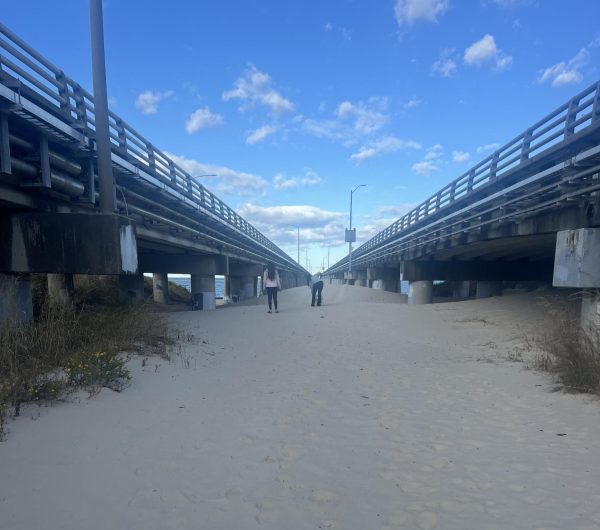
One way to help the problem of plastic pollution is to hold a cleanup, like I did. There were only five of us, but together, after only around two hours, we were able to make a difference, and clean up the entire section of Chic’s Beach under the Chesapeake Bay Bridge Tunnel. If you are hosting a cleanup, keep in mind that it can be in other places than the beach. You can host a cleanup for your neighborhood, your local park, or even at PAHS. Just meeting for an hour with a few friends to pick up trash can make a huge difference, and it can even be fun! Even just picking up trash when you see it can make a difference.
There are other ways than cleanups that can help with the plastic pollution problem. I’m sure we’ve all heard the phrase “reduce, reuse, recycle,” but what does this really mean in regards to our daily lives? Well, right now, of all plastic waste, “only about 9% has been recycled” according to ScienceAdvances. Taking the time and effort to recycle plastics can be a big step towards reducing the amount of plastic that ends up in landfills.
One way to recycle smarter is to determine what plastics can be recycled. All plastics that are recyclable contain what is called a recycling code, which you can see photos of below. A recycling code is a little number inside a triangle that tells you how recyclable your plastic is. Like I said above, all plastics with a recycling code are recyclable to some degree, but the ones you should put in your recycling can at home, according to energy.gov, are numbers one and two.
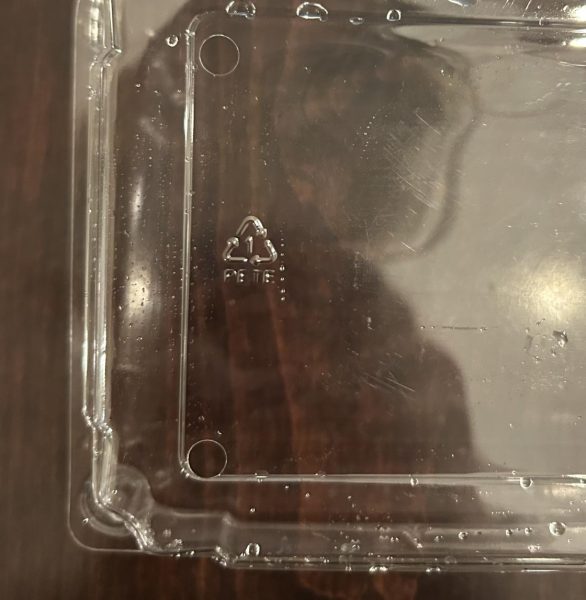
That’s the recycle part of the phrase, but what about reducing and reusing? Reducing is simple, just use less plastic. Instead of using a plastic water bottle, use a reusable one. Instead of putting your lunch snacks in plastic bags, use a reusable container. Cutting down on the plastic you use in small ways can have a huge impact on your overall plastic footprint.
Reusing is where you can get a little creative. If you have to use plastic, or other single-use items, there are ways to reuse them instead of just throwing them away. Big yogurt containers can become flowerpots, fruit cartons can become extra storage containers, and if you have other plastics you want to reuse, I guarantee you there’s a Pinterest board somewhere out there with your idea on it.
Plastic pollution is a big problem, but we can work together to help make it better. If all of us just try to be a little more mindful when it comes to plastic pollution, imagine the good we could do!



